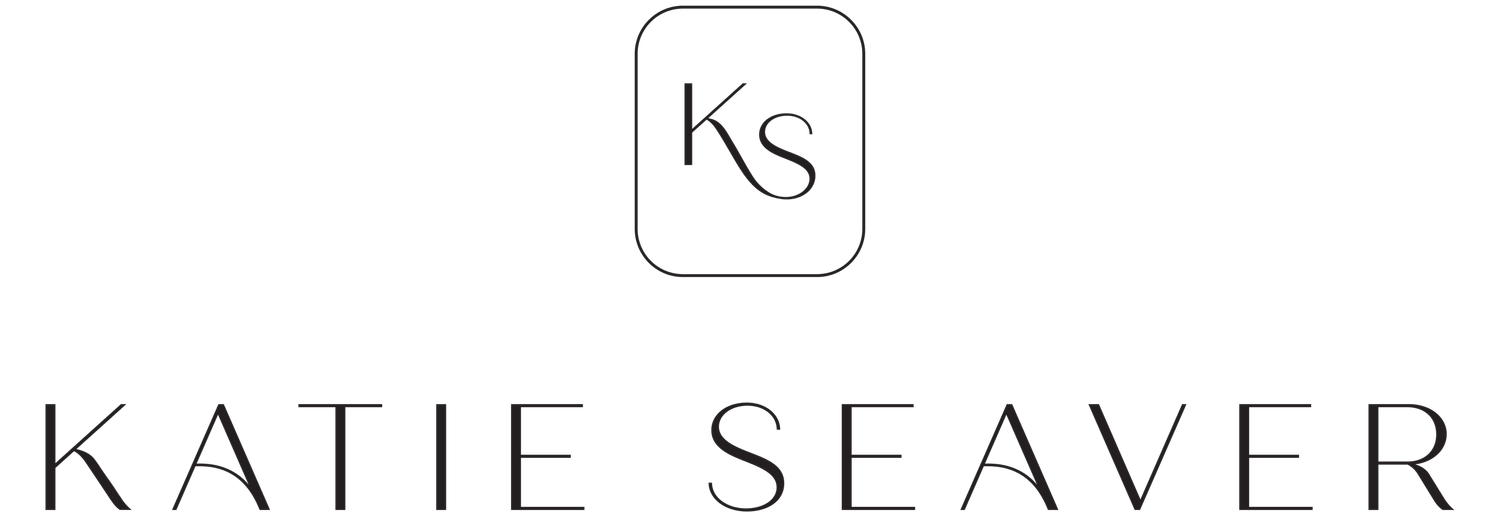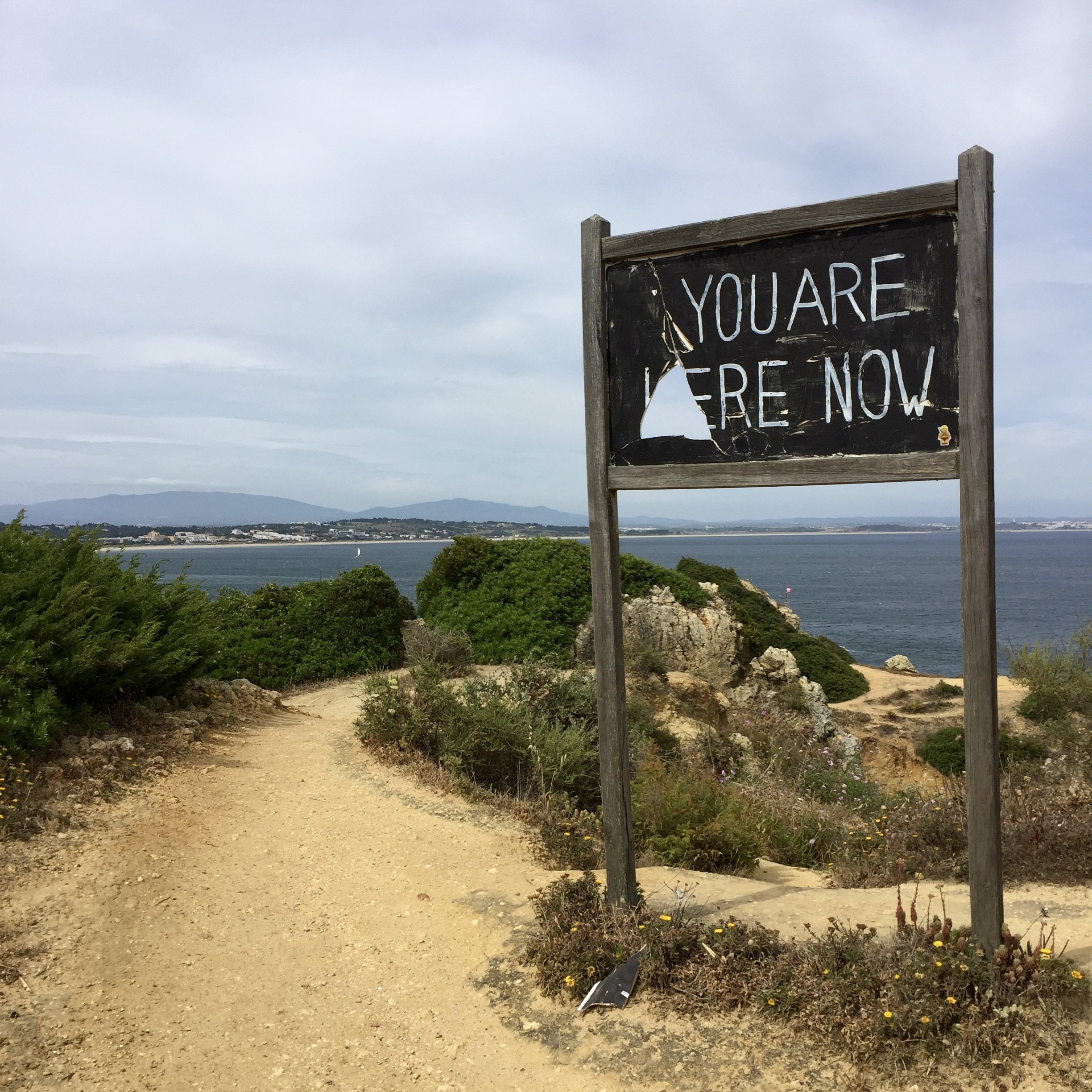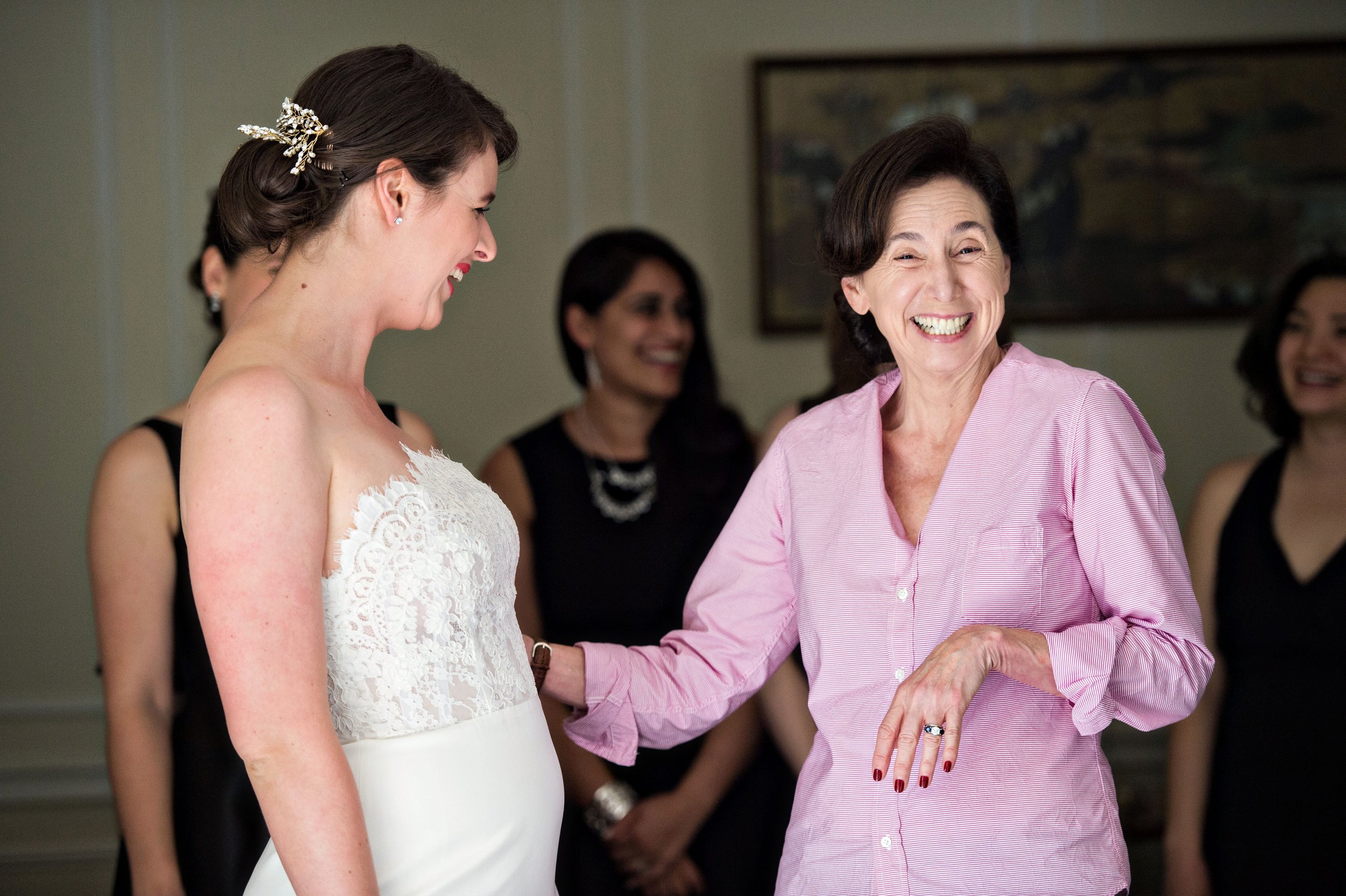Blog
Compasses are kind of like iPhones (Your Compass, Part II)
I’m starting this year by sharing some core concepts that I find most helpful to my clients — our compass + our engine. I’m starting with our compasses (here’s last week’s) – and I wanted to share another idea this week.
…
Today I wanted to share #1 misunderstanding about compasses that I find I have to explain to the world.
Here it is:
Compasses drained of batteries will only tell you that they are drained of batteries.
You know how when your iphone or your laptop is drained of battery, you can turn it on, it just shows the “battery is dead” sign, and then turns itself off?
The compass is 100% like this.
If human (metaphorical) compasses came with instruction manuals, they would say: Compass will not give directional information when drained of battery.
Often, when people get that battery-dead-turning-itself-off thing, they freak out and think their compass doesn’t work. When actually, your compass is totally working.
It is just telling you the one thing it really, really wants you to know, which is “you are tired.”
…
And this is, truly the #1 misunderstanding about compasses that I find I have to explain to the world. I tell it to clients very frequently. I told this to a friend just this week.
My friend was feeling stressed out + scared because she didn’t know what she wanted to do professionally. I asked her what she wanted to do, and she said:
You know, I just think if I was being honest, I don’t want a job at all. I’d love to never work again. But I can’t do that, financially, so I just feel trapped and like I have nothing to navigate by.
And it was very clear to me what the problem was.
So I told her: “Girl, your compass is working just fine. It’s just that when your compass is out of batteries, the only thing it’s going to tell you is to recharge the batteries. You’re not going to get any more information until there’s more juice in that thing.”
And then she laughed and was really relieved.
Because, she had been going through a busier time than usual, and she was genuinely tired. And she could quit her job to rest, of course, but she also could just prioritize rest more in her life as a whole, while keeping her job. Both are options.
…
But again, in these situations, the compass is working, it’s just doing what it is supposed to do, which is not to give a reading when it doesn’t have enough battery level.
So as my PSA for this month, please remember: Compasses drained of batteries will only tell you that they are drained of batteries.
…
As always, I’m rooting for you. You’ve got this.
Katie
P.s. Want to rebuild your compass? I highly recommend working with me 1:1. Learn more here about what it’s like to work with me, what past clients have said, and more.
Want to receive essays like this every Sunday morning? Sign up for my newsletter!
How to reconnect with your inner compass (Part I)
Remember how I said I wanted to talk about your compass + your engine this month? I thought we could start with the compass — that part of you that tells you what direction to go in life (since your engine isn’t that useful, if you don’t know what direction to go.)
So here’s one reminder:
The more you do use your compass, the easier it is to use.
Your compass — which we could also call your authentic truth, your knowing, your sense of “right”-ness — is like a muscle. The more you use it, the easier it is to use.
Ask a professional ballerina to lift her leg above her head – and she can do it immediately, and with ease.
Ask me to do it, and I can’t. I’ve spent almost no time building that muscle – it’s not strong enough, and the connection between me and my leg isn’t strong enough.
The more often you get in touch with your truest desires — about anything, including what you want to eat for dinner, whether you like that water bottle, or how you actually feel about your office mate — the easier those desires will be to hear about the more complex, thorny, subtle parts of life.
And the opposite is also true. The less you listen to your sense of truth, or authenticity, or right-ness, or whatever you want to call it — the harder it will be to hear.
…
Part of my job as a coach is to give my clients exercises to build their own know-your-true-desires muscles.
If you’re interested in doing a little muscle-building this month (a fascinating exercise to do especially around the holidays), here is one of the most common versions I give to my clients:
Strengthening your ability to listen to your yeses and no’s
Typically, I will just focus on either yeses or no’s – so pick one. For whichever one you choose:
Start by remembering what it is to feel a “yes” or a “no.”
Think of at least one time in your past when you felt a visceral, full-body yes or no –an 8 or a 9 on a 10-point scale.
Maybe it was walking into the house you eventually bought (a “yes!”), or when you dragged yourself to your job that you hated (a “no”)! Maybe it was the last time you went out with that boyfriend, when every part of you knew it was over (a “no”) — or when you realized you loved your wife (a “yes”).
The point is to re-remember what that physical sensation was like, so you can recognize it for step #2.For the next week, track your yeses or no’s.
Keep a running list, for the next 7 days, of every single yes (or no) you feel, plus some small notes about what the physical sensation in your body was like (“I felt a closing in my chest,” “my belly felt tight,” “my back felt expansive.”)
Many of these will be silly, trivial yeses or no’s. You might feel a yes (or no) about what shoes you’ll wear, about bedtime with your kids, about cleaning up your office.
But they are important – they are strengthening the muscle of listening, so you have it when you most need it.
…
I’m just going to say it again:
Your connection with yourself — with your authentic truth, your knowing, your sense of “right”-ness — is like a muscle. The more you use it, the easier it is to use.
Happy Know-Your-True-Desires Month, everyone ☺
As always, I’m rooting for you in the week ahead. You’ve got this.
Katie
p.s. Would you like to work with me 1:1? Here's what one past client said about her experience:
“I feel like I'm a lighter, happier version of myself and a better partner, friend, and coworker than I was a year ago (my boyfriend outwardly agrees to anyone I say that to).”
Learn more here.
Want to receive essays like this every Sunday morning? Sign up for my newsletter!
When all you feel is *no*
If you’re chronically exhausted, anxious, or “blah”, it’s likely that you’re missing useful information about what you need, want, and value.
I often help my 1:1 coaching clients uncover these very things. (And even the very self-aware among us may not fully know our needs or priorities! All humans have blind spots.)
But a peculiar thing often happens to my clients when they start their journeys:
They start to hear “no.”
No, I don’t want to do this job.
No, I don’t want to go to that party.
No, I don’t want to make dinner tonight.
No, I don’t even want to *think* about my next career step.
In fact, for quite some time, they may only hear “no.”
These “no’s” can feel very…annoying.
These “no’s” can start to get them down.
I want to figure out what I’m supposed to do next in my career! They tell me. Instead, the only clear answer I can get is that my deepest self…doesn’t want to do anything!
I wanted to share this because I’m not sure I’ve ever heard anyone share this very particular observation:
When we turn up the volume to our inner selves, often, the loudest thing we hear is “no,” at first.
I’m not sure I’ve ever heard anyone say it, so I’ll say it: This season of “no” is 100% normal.
I’ve lived my own season of “no’s.” And I’ve watched countless clients do the same. If you listen to the “no” for a while — and, importantly if you honor what they have to say — you will eventually start hearing “yes.”
“Yes” comes when your deepest self knows that it can trust you…
… To not burn yourself out.
… To not push too hard.
… To not override what you truly value for impressiveness. Or people-pleasing.
Don’t freak out if you’re in a season of “no.”
Just hold on.
Listen carefully.
Yeses are coming.
…
I wanted to share this, because I feel like I’ve been telling several of my clients recently. Perhaps it will resonate with you, too.
As always, I’m rooting for you. You’ve got this.
Katie
Sign up for my newsletter to get helpful + encouraging essays like this every Sunday morning. It’s free!
One of my role models
I originally wrote this in 2015, but wanted to re-share it, with some edits, in honor of Mother’s Day, and because a newsletter reader recently told me that it was her favorite piece I’ve ever written. (Ever! What an honor!)
…
I learned about exercise by watching my mom.
For my entire life, my mom has taken daily, 3-mile walks. She’s not fancy or precious about it – she just laces up her sneakers, wears old shorts and a t-shirt, and walks the same route in our neighborhood every single day.
It takes her about 45 minutes. But if she doesn’t have much time, she’ll squeeze in a 20- or 30-minute walk.
That’s it.
Here is a photo of me and my mom, before my wedding.
The thing that I have come to appreciate, particularly as I’ve gotten older, is how un-fussy and easy she is about it.
She’s not looking for a form of exercise that is painful, or that she dreads.
On the contrary, she walks because it makes her feel good – it clears her mind and makes her feel calm and happy.
She likes being outside, and she doesn’t have time to drive to an exercise class.
Of course, she also does it because it’s good exercise. Walking nearly every day for most of her life has helped her to stay fit and healthy and looking good, in my humble daughterly opinion (hi mom!). But walking isn’t something that is intensely painful or only feels good “after.” It feels good from the first step.
Part of the reason I wanted to share my mom’s story is because I’ve come to realize how deeply powerful behavioral modeling can be. It’s one thing to “get” something intellectually, and it’s a very different thing to see it in action, over and over.
I saw my mom lace up her sneakers, walk out the front door, and return revived and refreshed, every day of my life.
It wasn’t a big deal.
It wasn’t hard or painful.
It didn’t take much time.
It didn’t cost anything.
It didn’t require a ton of willpower.
She liked it, it was easy and felt good. So she did it every day.
I think that too often the “role models” for fitness that we see and think we should aspire to are people who are running marathons, or who have perfectly toned arms or six-pack abs. We think that we're supposed to want and work toward that level of fitness.
And we often think that it has to be time-consuming, expensive, complicated, or painful.
My mom showed me a different way.
Of course, I’ve tried intense workouts over the years. And I do enjoy a Pilates or yoga class once or twice a week, even though I have to drive to them, and they cost money.
But I always come back to my daily walk.
So I wanted to share it with you. Both to talk about exercise and about role models in general.
To talk about exercise: I don’t see this approach to exercise –moderate, super-easy, not-painful, cheap, and pleasant – advertised as much as I think it should be. With that in mind, my challenge for you this week is to take a walk. I mean it. If you live in a place where it is safe to do so, put on those sneakers, get outside, and move in a way that isn't hard.
To talk about role models: So often, our role models are super-intense, at-the-top-of-their-fields, could-be-on-the-cover-of-a-magazine kind of people. But is that who our role models should truly be?
As always, I’m rooting for you. You’ve got this.
Katie
If this essay resonated with you, you'll love my newsletter. Sign up for free + get new ideas every Sunday!




